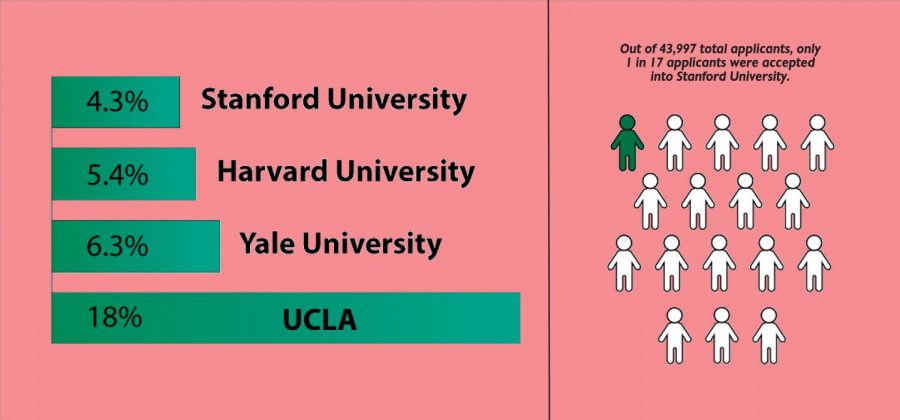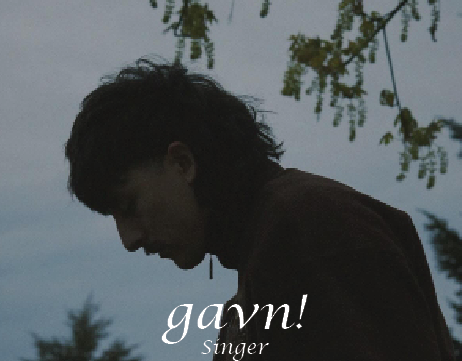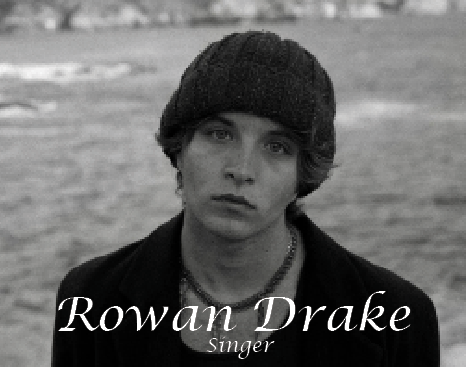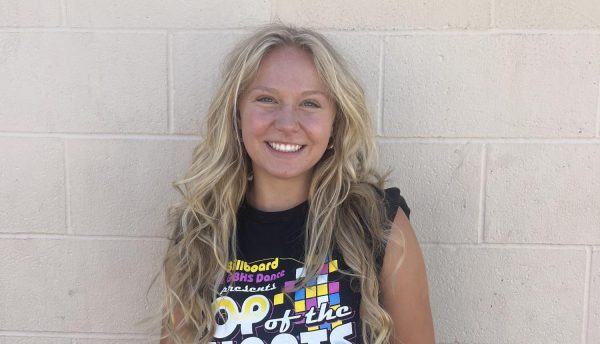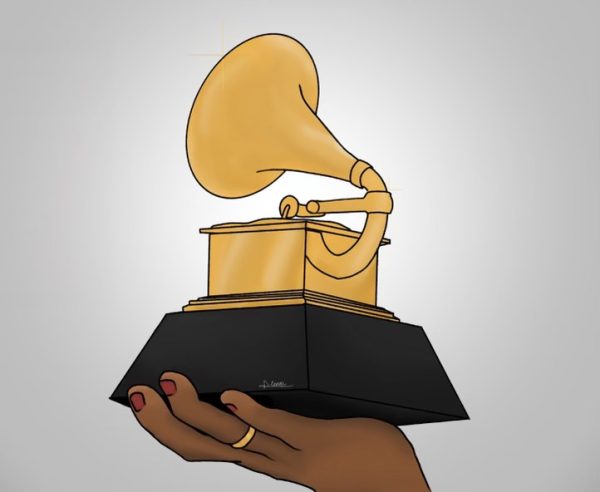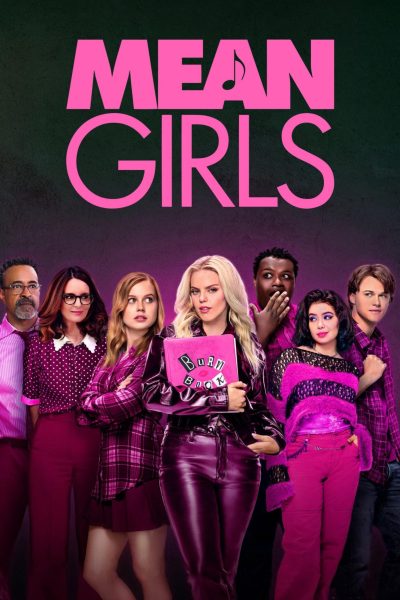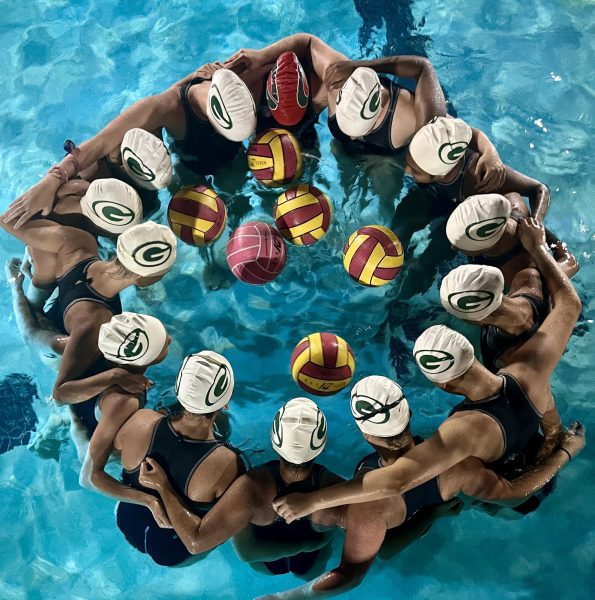Parties change in mood after college letter-opening
For a group of students, a college letter-opening party becomes a college-rejection party
GBT.org illustration/LINDSEY ZABELL
Compared to top universities, Stanford University holds one of the most competitive acceptance rates.
Another Friday night, another typical high school party. One particular Friday afternoon in early December, however, marked a different type of get-together — a college letter-opening party.
Fifty or so students scurried over to senior Rathip Rajakumar’s house after school, undoubtedly curious for the outcome of such a nerve-racking event.
The idea was to reveal the decision by playing a pre-chosen acceptance song or rejection song, administered by the friends of the three students who applied.
What began as a potentially celebratory evening eventually took a painfully depressing turn as the time to discover the college decisions finally came.
One dreaded rejection song after the next revealed the final shocking decree: nobody was accepted.
Seniors Rathip Rajakumar, Faraaz Godil, and Colin Wills all applied to Stanford through Restrictive Early Action, which is a non-binding option that prohibits applying to any other school.
For all three, Stanford was their dream school, holding the first spot in their lists of desirable colleges.
As a result, the rejection was inevitably disappointing, not only to the students on the receiving end of the rejection letter, but also to their peers.
Senior Nicole Criscione was among those who witnessed the heartbreaking outcome of the party. Knowing their incredible accomplishments and work ethic, she deeply sympathized with the students’ seemingly unwarranted rejection.
“I even cried a little,” Criscione said. “A lot of people work so hard all throughout high school to build up grades, reputation, and involvement, having to make several sacrifices just to be rejected by their dream school for unknown reasons.”
The rejections also left an implicit sense of fear and discouragement throughout the students who attended, Criscione recounts.
“The people who were rejected from Stanford were some of the most intelligent and involved students at GBHS,” Criscione said, “so everyone’s hopes for their colleges came into question. If some of the smartest kids at our high school didn’t get into their dream college, the same could potentially happen to everyone else.”
While such a common pessimistic mindset may seem logical, GBHS AP Government teacher Jarrod Westberg advocates the contrary.
“There are really qualified people getting rejected and some people who don’t seem as qualified getting in,” Westberg said, “so who knows any more? Just do everything you can within reason, and if you get in, great. If you don’t get in, don’t take it personally. It’s not worth it.”
If you don’t get in, don’t take it personally. It’s not worth it.
— Jarrod Westberg
The students who were rejected also held a remarkably positive outlook on the unfortunate situation.
A common theme among the three was having low expectations in order to minimize the magnitude of the disappointment.
To reduce the potential for regrets after discovering the application decision, Colin Wills reassured himself that he had put his best foot forward. With that being said, he also reminded himself of the slim probability of acceptance.
“I knew that there were thousands of people who were entirely qualified for Stanford,” Wills said, “and a large percentage of the applications submitted were very strong. Based on statistics alone, I had to expect to be rejected, even if I knew I had done everything I could to increase my odds, so when I found out I was rejected, I truly wasn’t that disappointed.”
Wills’ mindfulness over the cutthroat acceptance rates of competitive colleges throughout the nation is quite frankly the harsh reality. Stanford, serving as a prime example of such uninviting statistics, has an acceptance rate of 4.8%, the lowest rate of any American college.
Rajakumar, as Godil and Wills also emphasized, encountered the most comfort in the wake of misfortune through the party itself.
“In that moment of disappointment,” Rajakumar said, “there’s no place I’d rather be than with the people who defined my high school experience.
If I didn’t do the party, I would just have the rejection — not the rejection and a nice reminder of how great my friends are.”
Godil held a very similar mindset, appreciative of the overwhelming encouragement he found through his friends.
“Everyone [at the party] was super supportive and the environment was actually just everyone being happy for each other,” Godil said.
Hence the unlucky experience led to valuable learning lessons, including the importance of not allowing an application decision define oneself.
As Rajakamur said, “I know that I don’t need the validation of a college admissions counselor to be successful. I know that the work I put into building my resume isn’t just superficial and actually advances my goals in a tangible way.”
Godil’s experience led him to value support from peers.
“I recommend being supportive of everyone and not getting caught up in the competition,” Godil advises future college applicants. “Hope for the best and put your best foot forward, but don’t get too worked up about it. Everything will work out in the end.”

Heba, a senior, is one of the editors-in-chief, and this is her third year on the Gazette staff.




